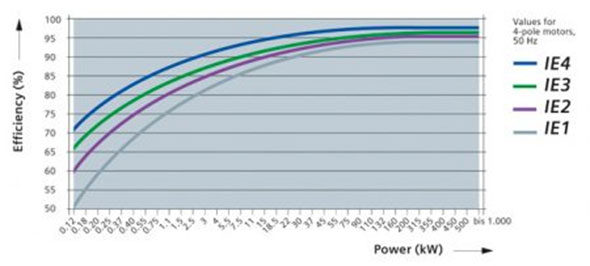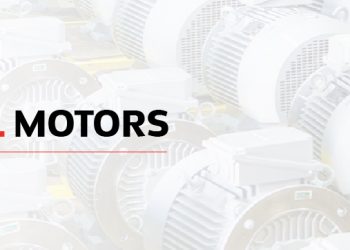Electrical Motors

They are the workhorses of our world, finding application everywhere. They convert electrical energy into mechanical motion, powering everything from the mixers in your kitchen to the giant engines that propel airplanes. There are many types of motors, we will look at the major classifications and then delve into the ones that are prominently used in compressors.
The Two Main Types: AC vs. DC
AC (Alternating Current) Motors: These are powered by the kind of electricity you get from the wall outlet. They come in two main categories:
Synchronous Motors: Maintain a constant speed regardless of load. (Example: Permanent Magnet Synchronous Motor)
Asynchronous Motors: The most common type of AC motor. They are found in appliances, power tools, and industrial machinery due to their simplicity and durability. (Example: TEFC Induction motor)
DC (Direct Current) Motors: Powered by batteries or rectified AC current. They offer good speed control and are often used in:
Battery-powered devices like toys and drones.
Industrial applications where variable speed is crucial.
Specific application-based motors,
Beyond AC and DC, there are motors designed for specific tasks:
Servo Motors: Offer precise positioning control, perfect for robotics and CNC machines.
Stepper Motors: Move in discrete steps, ideal for applications like printers and positioning systems.
Linear Motors: Generate linear motion directly, eliminating the need for gears or linkages.
Design and Construction
Based on the part of the world we live in, two major organizations set the guidelines for electric motor design: The National Electrical Manufacturers Association (NEMA) in the Americas and the International Electrotechnical Commission (IEC) for most of the rest of the world. These organizations also set design and efficiency standards.
Design
NEMA uses imperial units (inches) while IEC utilizes the metric system. NEMA motors typically have a side-mounted conduit box, whereas IEC motors have a top-mounted one. Mounting hole spacing and shaft sizes also differ between the standards. They differ to the level of using different types of lubricants.
Speeds
The speed of motors is based on the construction of the motors, there are 2, 4, 6 and 8 pole motors, where the shaft speed is highest in 2 pole and the lowest in 8 pole motors. Speeds affect efficiency levels.
Efficiency
Motor efficiency refers to the conversion rate of electrical energy into mechanical energy. A higher efficiency means less wasted energy, translating to lower electricity costs and reduced environmental impact.
NEMA currently has one efficiency limit in use now (NEMA Premium), that all manufacturers have to meet across all NEMA regions. When it comes to IEC, there are multiple efficiency levels (IE1, IE2, IE3, IE4, IE5) and a few regions also have regulations that state minimum efficiency and performance standards.
The efficiency levels are not static, they keep increasing as the size of the motor increases. Also, speed of the motor affects the efficiencies, while they are close to each other, 4-pole motors have the highest efficiency among the different motor configurations and all ELGi EG and EQ machines use 4-pole motors.

Ref: ekeindia.com
When comparing the efficiencies NEMA Premium sits between IE3 and IE4 IEC efficiency levels. Induction motors (Asynchronous) based on the current technology can achieve a maximum of IE4 efficiency levels.
For motors with efficiencies greater than IE4, synchronous motor technologies offer the solution. While Synchronous reluctance motors and assisted synchronous reluctance motors help achieve IE5, to achieve efficiencies higher than IE5 limits permanent magnet synchronous motors are the solution.
Now, we had stated that the efficiency limit established by standard stops at IE5, then why the need to make more efficient motors? For the benefit of power conservation and environment protection!
This is where and why ELGi has gone beyond standards, leveraging internal technology research and advanced manufacturing methods ELGi had developed the most efficient Permanent Magnet Synchronous Motors used in the compressor Industry, the ELGi TORQPM motors. How efficient are these motors? IE5 efficiency limit for a 37kW Synchronous motor running >1800 rpm is 95.8% whereas the 37kW ELGi TORQPM motor that powers the EG PM series of VFD machine exceeds the requirement at 97.5% a good 1.7% higher than the regulation. Hypothetically, if an IE6 were to be released or even an IE7 standard then these motors will meet them.

At ELGi, we push for greater efficiencies and a greener future.
Regulatory references,
IEC 60034-30-1 / IEC 60034-30-2

